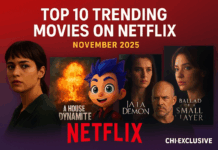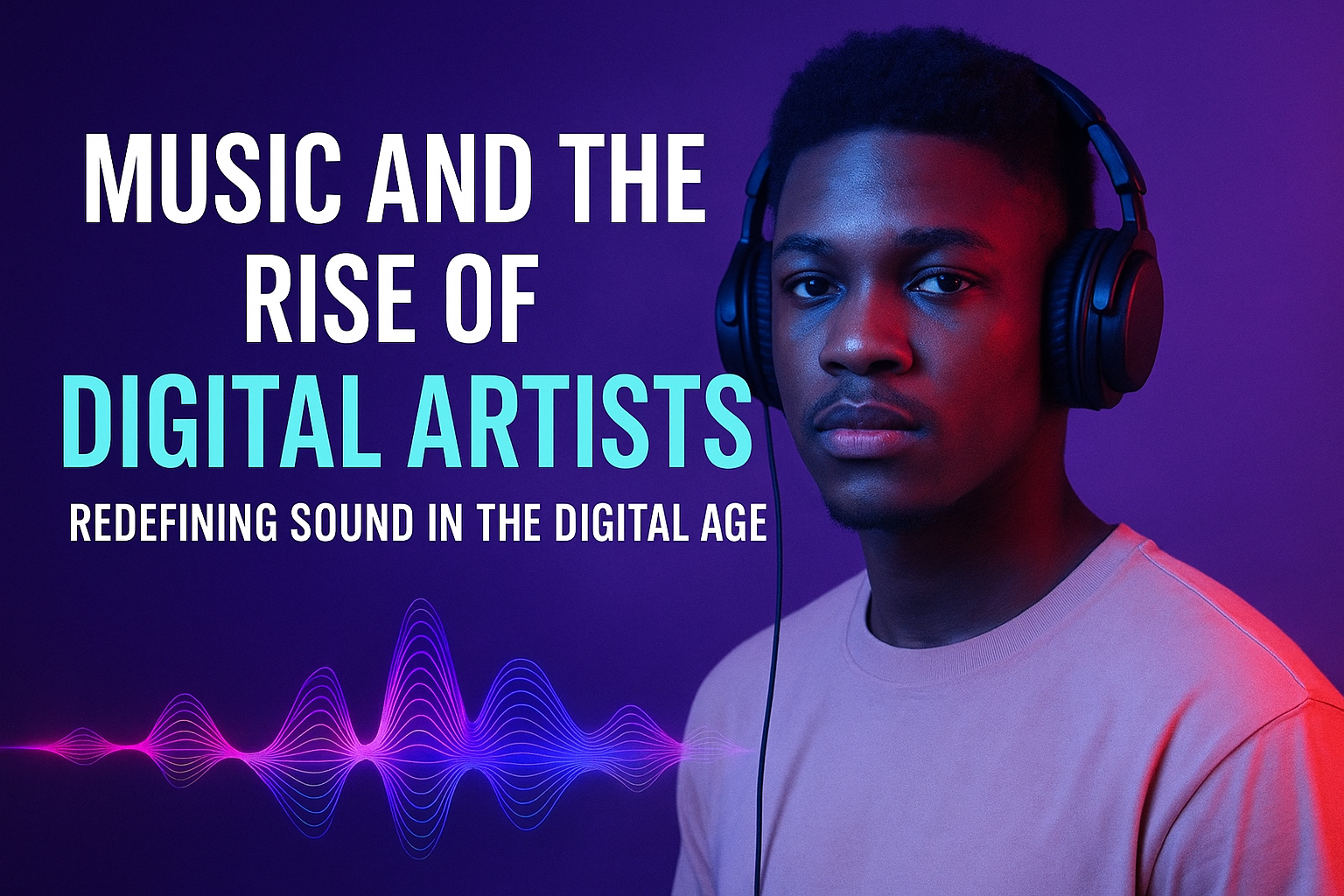Many people think we’re at the peak of the “creator economy,” pointing to supply saturation, overvalued tech startups and creator burnout as their central arguments. But I think we’re at the beginning. After building a technical product that has facilitated thousands of influencer marketing activations, I can assure you that technology has a long way to go to help existing and aspiring creators achieve their financial goals.
One-third of kids between the ages of 8 and 12 aspire to be either a blogger or a Youtuber. Kids are no longer aspiring to be doctors, lawyers, engineers; many kids want to become creators on social media. Social media exposure seems to be influencing kids’ future career aspirations.
Pair that with the facts that Youtube made $15 billion last year, with nearly half of that going to content creators. Youtube is the social content forerunner; whenever there is economic opportunity, creators will go. It’s no surprise that Tiktok unveiled a $200 million fund for creators and Instagram is going to start sharing revenue with creators on IGTV. That said, Instagram has a long way to go given that they made $20 billion in revenue last year and barely shared any with creators.
The barriers to entry are nearly zero. Networks reward content creation and more macroeconomic trends such as e-commerce support the growing digital economy.
Here are 20 strategies to help you grow your career as a content creator.
- Put keywords that can help identify your interests in your bio so that search engines pick up your profile
There are a lot of influencer and publisher search engines, including more prominent platforms like Google. Search engines aren’t magic; they need something to anchor their decisions. If you help them index your page, you will show up when brands are looking for you. If you’re a mom with three kids, put that in your bio! Do you have a French bulldog? Put that in, too! Imagine if you’re a brand or agency. PR teams look for specific things and they will use tools to search for particular keywords.
- Don’t buy followers or pay for likes on your posts
This one should be straightforward, but a majority of brands have bot detection services at their disposal. If they determine that your account has a lot of bots following you or engaging with your content, it will be too much risk for them to partner with you. - Pick a category that has a lot of ad dollars and optimize your content for that category
PR managers and talent managers are continually searching for new talent to prospect and pitch. If you’re in a popular category, it’s likely to get more results. The most desired influencer advertising categories are animals, lifestyle, travel, beauty and fitness.
- Delete old branded content
Many brands look for conflict of interests and brand saturation in your feed. You’ll want to remove old branded content. Modern influencer marketing tools can also tell brands and agencies the percentage of how much sponsored content you have. If you have a double-digit percentage of sponsored content in your feed, it could be a major turn-off. - Tag and show other influencer friends in posts
Brands and agencies love when you know other influencers — they see it as a two-for-one deal. You also benefit from getting more shares and organic traffic. - Run ads to gain followers
Many aspiring creators don’t have a lot of followers in the beginning. Instead of doing the follow and unfollow trick or buying likes, followers and comments, buy targeted ads to get your channel to at least 3,000 followers. Many search engines don’t track influencers with less than 3,000 followers. You’ll need to pay to play here, but rest assured that creators who do this well eventually make money. If your career is to be a social influencer, invest in your business. - Include your pet
The animal category is the highest sought-after category for influencer marketing. Most brands lean on the pet and animal category to hit their growth targets when numbers are sluggish. Pet content gets the most clicks and PR specialists know that. You’ll notice many brands like Ford sprinkle in a dog here and there — now you know why.
Advertisement
One click on image to get shopping on our Exclusive Online Mall

- Make your content consistent
Brands love predictability. Use the same filters, styling and story formats. If you’re looking to work with big brands and agencies, they like to know you are safe to market with. Think about what brands want. They want to drive sales and awareness, so work backward on what you think will make your content appealing in these scenarios. - If you’re new to the content game, create at least 20 posts
PR reps will be very scrutinous when evaluating your page and longevity is something they’re looking for. If you’re starting fresh, post frequently at the start. When you cross the 20-posts milestone, start staggering your posts so you don’t come across as spammy. If you’re cleaning up your feed, delete anything that’s not on spec. - Remove any NSFW content
Some of the largest spenders in the influencer marketing category are consumer packaged goods brands, and they have strict brand safety guidelines. One post that doesn’t align with their philosophies will get you vetoed from their upcoming campaigns. - Create a business account on Instagram
Brands and agencies can often only see your posts if you have a business account. You may lose out on a potential deal if you don’t have one. Furthermore, if you do get a deal, they will likely ask you to connect your account with an analytics service and in doing so you will need to create a professional account.
- Make sure your contact information, including a business email, is in your bio
Search engines index text on your page and parse our email addresses. The more information you put here, the easier it will be for brands to reach out to you. Search engines also show accounts higher if they have contact information. This is so brands and agencies can have a better experience when reaching out. - Reach out to influencer marketing platforms
Find influencer marketing platforms and reach out to them to ensure your data is displayed correctly. A lot of deals are passing through these tech platforms and you want to make sure you are appropriately represented. Many modern platforms will let you connect your accounts, fill in personal details and more. - Put your birthday month or your horoscope in your bio
Ecommerce teams love to send influencers gifts. It’s a very strategic move for creators to include their birthday month or a horoscope in their bio because brands often look for unique ways of engaging influencers. Remember, brands are trying to get in touch with you as much as you are trying to get in touch with them. - Have a secondary social channel
Having more than one channel to promote on will help you in the long run, but the main reasons you want to invest in this early on is because brands love when you have a multi-channel strategy. Another benefit is that search engines parse this data and link your other social connections to their databases. The best channels to invest in are Instagram, Tiktok, Youtube and blogs. - Find a niche and be different
Do research, create a spreadsheet of creators in your space and be unique. Update your competitive sheet every month. - Survey your audience every month
Learn about what your audience loves and be customer-obsessed. Engage with your customers in new ways and try to connect with them. The hardest thing for creators being more disciplined in this category. It’s not just responding to comments — it’s jumping on a video conference and asking your fans when they love about your content. - Go live
Nearly every digital platform is trying to disintermediate TV. Live content is the toughest to produce and therefore the most sought-after. Social platforms will do everything they can to promote it. If you were a product manager at Facebook, what would you do? Send more notifications? Promote more content? Host AMAs, do live contests and have giveaways. It doesn’t need to be fancy — just try something! - Be nice
This seems obvious, but creators lose deals with brands because they aren’t easy to work with. This doesn’t mean you have to do everything that brands ask all the time. It just means that creators should engage in business matters professionally — after all, this could be your job!
- Don’t use hashtags
Unless you’re working on a campaign with an instructed hashtag, avoid it. People know what spam tagging looks like and it looks desperate.
You need a website designer, web manager or social media manager? Contact Chiexclusive Webmaster Association for your web related projects, social media ads and more. Call or whatsapp Matthias on +2348108242947




















